It's always tough to recommend budget smartphones to prospective buyers. For less than $200 (and no contract) there are a few standout offerings - we still recommend the Moto G and Moto E series around the $150 mark - but the situation is more complicated in the $200 to $300 price bracket.
It's almost always better to purchase a last-generation high end phone over a current mid-range device in the $200 to $300 market.
Here we see a mix of new mid-range devices competing against last generation flagships that are still sold new but at new reduced prices, and these usually win.
Flagship phones from a year or two ago routinely pack better hardware, superior cameras, better performance, and more software features. You won't be getting the freshest hardware; however you'll be surprised at the value some of these products can provide.
Below are my recommendations for the five smartphones from previous generations that you should consider instead of today's budget handsets. Forget everything in the mid-range; this is what you should be buying.
LG V20: $320
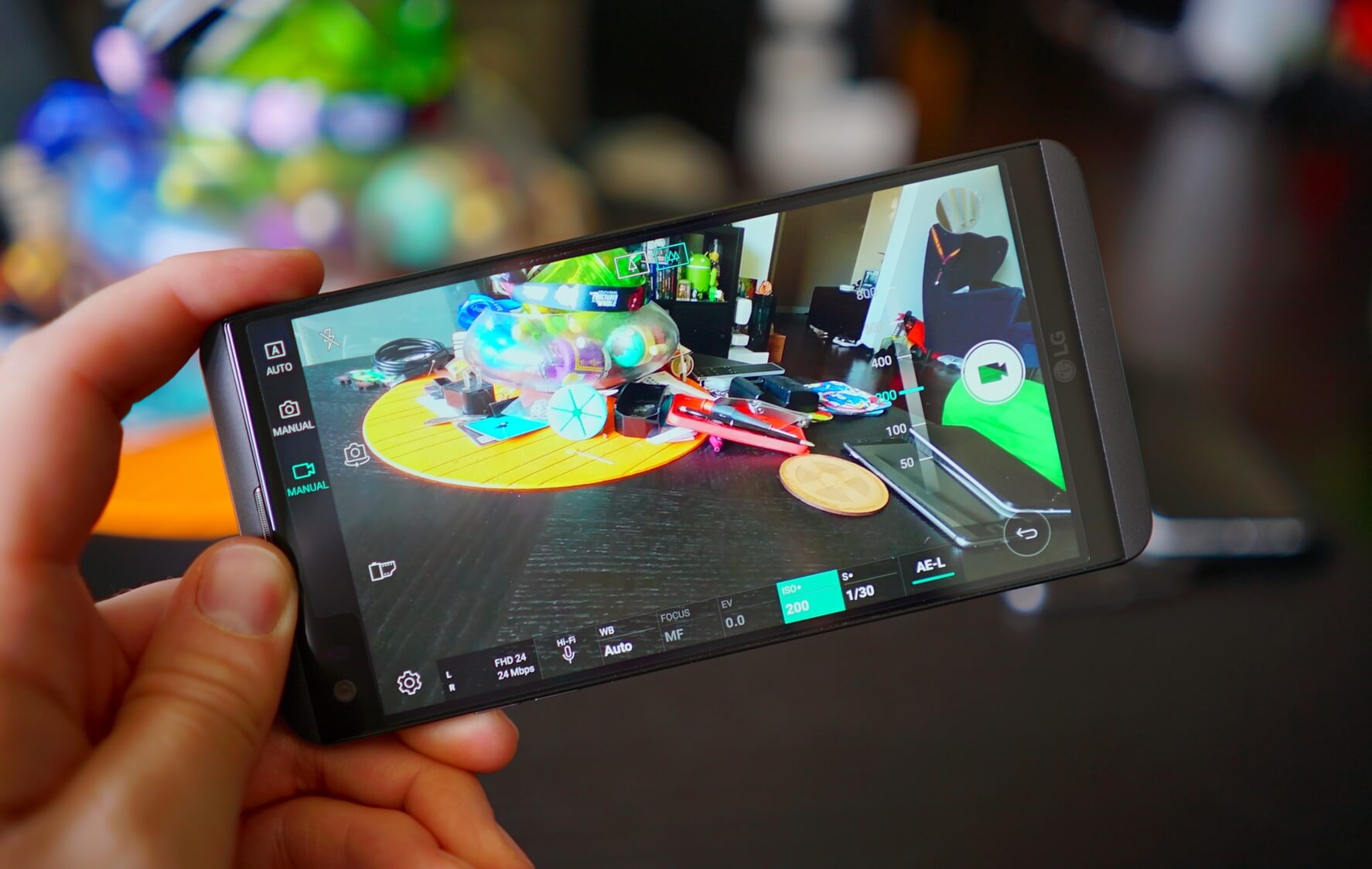
LG once again takes the first two spots on this list, as they are one of the few major phone manufacturers to aggressively slash prices while continuing to offer their previous-gen high-end phones. With the freshly launched LG V30 now occupying the company's flagship big-screen phone slot, the V20 is available for an absolute steal through Amazon, at a little over $300.
The LG V20 is barely a year old, so the phone is packed with quality and should be considered by anyone looking for a large-screen handset. You get a 5.7-inch 2560 x 1440 LCD plus a smaller secondary display above it, useful for notifications and always-on functionality. It's not as neat as the small-bezel displays of 2017, but the screen on the V20 is still beautiful.
The hardware stacks up well. There's a Qualcomm Snapdragon 820 under the hood, which is easily twice as fast as most Snapdragon 600-series chips found in mid-range devices. Plus it obliterates any MediaTek SoC I've used, not just in terms of performance, but also in wireless connectivity and power efficiency. LG has paired it with features found in high-end phones today: 64GB of storage, 4GB of RAM, NFC, Wi-Fi ac, and Category 12 LTE (600 Mbps downstream). There's even support for 32-bit/192kHz audio.
The camera array is very similar to that of the LG G5, G6 and even the V30, consisting of a standard 16MP camera plus a wide-angle 8MP shooter. You get OIS, laser autofocus, 4K capture, and a decent 5MP front camera with an f/1.9 lens. This camera is pretty good by today's standards.
The feature list doesn't end there: the V20 includes a microSD card slot, fingerprint scanner, and it's one of the last major phones on the market to sport a removable battery. We can't stress enough how great value and powerhouse the V20 is at $320.
LG G5: $200
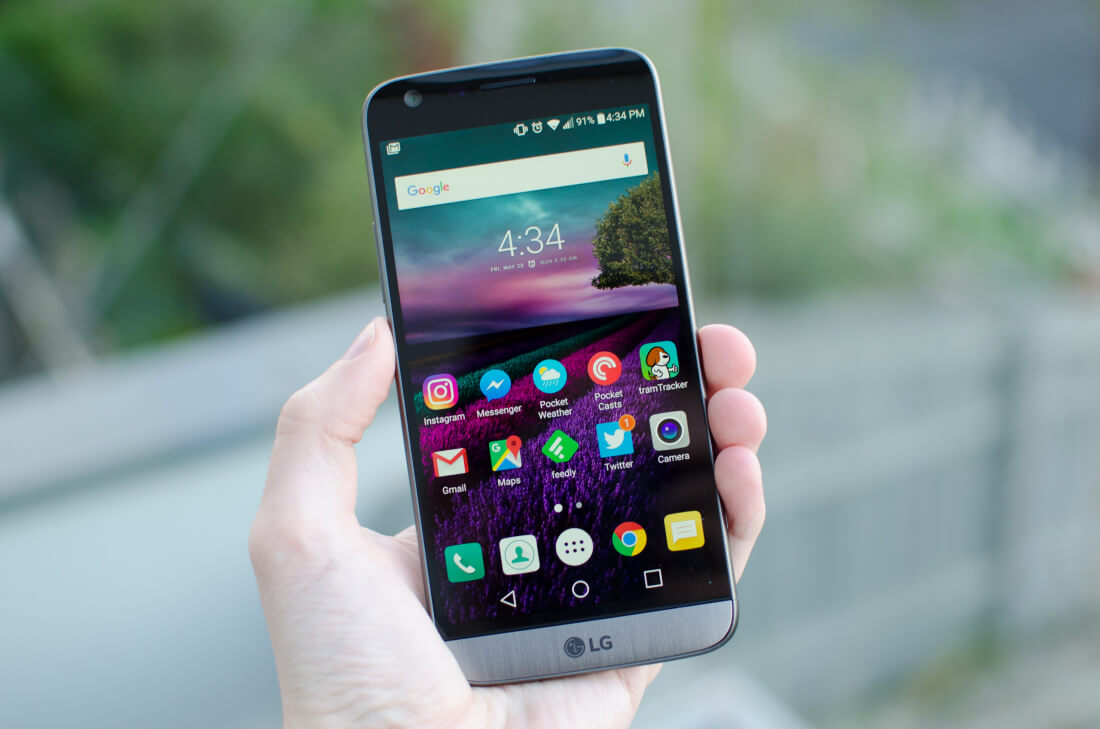
For those that don't want a phone as big as the LG V20, or would rather save $100, the LG G5 is another steal at ~$200. Seriously, LG's flagship from a year and a half ago is selling at entry-level phone levels. That's utterly ridiculous.
This pricing anomaly certainly comes down to the G5's poor reception at launch and its unimpressive modular system. Plus, the LG G5 attempted to retail at the same price as the far superior Galaxy S7, which was never a contest, nor a successful strategy.
But when the price falls all the way down to the $200-250 price bracket, it's hard to look past the G5. It offers a Snapdragon 820 SoC, faster than any mid-range chip, plus a 5.3-inch 1440p display, 32GB of storage, 4GB of RAM, microSD expansion, and a removable battery. The camera system includes a useful secondary wide-angle camera, capable of some seriously good photos, even by today's standards.
Compared to other $200 phones, the LG G5 offers far more features, far better performance, and a superior camera. It's a no brainer. And while you're busy purchasing one, you can easily pick up spare batteries for $10, allowing you to hot-swap on the go.
Xiaomi Mi Note 2: $300
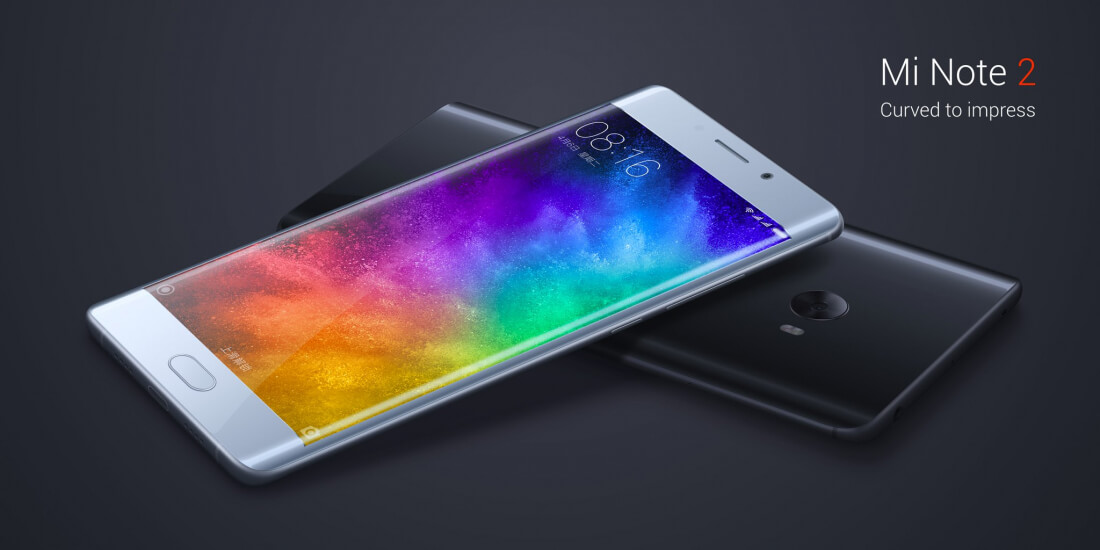
This wouldn't be a list of cheap phones without Xiaomi getting a mention. In fact in this year's list we're recommending two Xiaomi devices, depending on what size handset you're after. The best option for most people, and our primary recommendation, is the 5.7-inch Xiaomi Mi Note 2, which we've seen available for as low as $300 (though often ~$350).
If you want something smaller, then go for the Xiaomi Mi5s, which hovers around $280 to $300.
Both handsets use the same base hardware: Snapdragon 820 or 821, both come with 1080p displays, 3-4GB of RAM, 64GB of storage (32GB in some Mi5 models) with no microSD expansion, NFC and Cat.12 LTE. The specification sheet stands up favourably, and the Mi Note 2 even comes with a beautiful AMOLED screen.
The Mi Note 2 does have the better camera: a 22-megapixel sensor with an f/2.0 lens on the back, capable of 4K video capture, plus an 8-megapixel f/2.0 shooter on the front. The Mi5s is perhaps better geared for low-light photography, with a 12-megapixel rear camera and 4-megpaixel on the front, both with large pixel sizes. Either way you should be satisfied with the photo experience, though it won't be quite as impressive as the LG V20 or G5.
It's also worth mentioning the Mi Note 2's enormous 4,070 mAh battery, which provides excellent battery life, although the Mi5s punches above average in this regard, too. You will have to put up with Xiaomi's average software implementation, but either phone is a decent buy around that $300 mark.
Sony Xperia XZ: $320
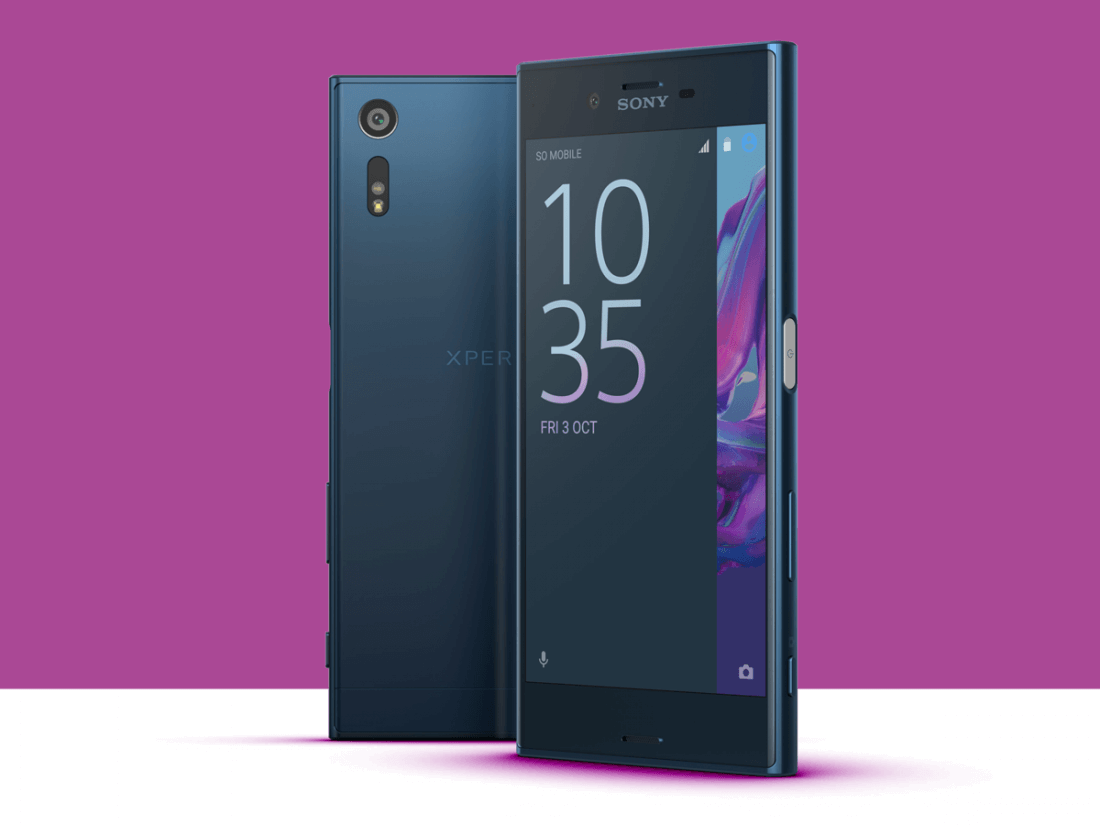
This is the first time a Sony handset has made it to our list great value last-gen flagships. Sony has a habit of overpricing, which usually trickles down to overpriced last-gen models. But not this time, as the solid Xperia XZ is available for around $320 on Amazon.
Normally I'd recommend you just go with the LG G5 for a lower price, but the Xperia XZ does offer some unique features if you're willing to spend a bit more. First, the phone is IP68 water resistant, and it's the only phone in this list with that feature. Second, it has a huge 23-megapixel rear camera capable of highly detailed photos. You'll also get better battery life than the LG G5.
But perhaps most importantly, Sony has pledged to continue supporting this handset. The phone launched with Android 6.0, it's currently available with Android 7.1.1, and Sony has announced that Oreo is coming. There is no word whether any of the other smartphones in this article will be officially updated to the latest version of Android which works in Sony's favor.
Aside from these advantages, the Xperia XZ packs a Snapdragon 820 SoC, a 5.2-inch 1080p display, 32GB of storage with 3GB of RAM and microSD expansion, plus standard features like USB-C, Cat.9 LTE, 24-bit/192kHz audio, Quick Charge 3.0 support, and NFC.
This is another phone that's only slightly more than a year old, and it's worth a look.
LeEco Le Pro 3: $200
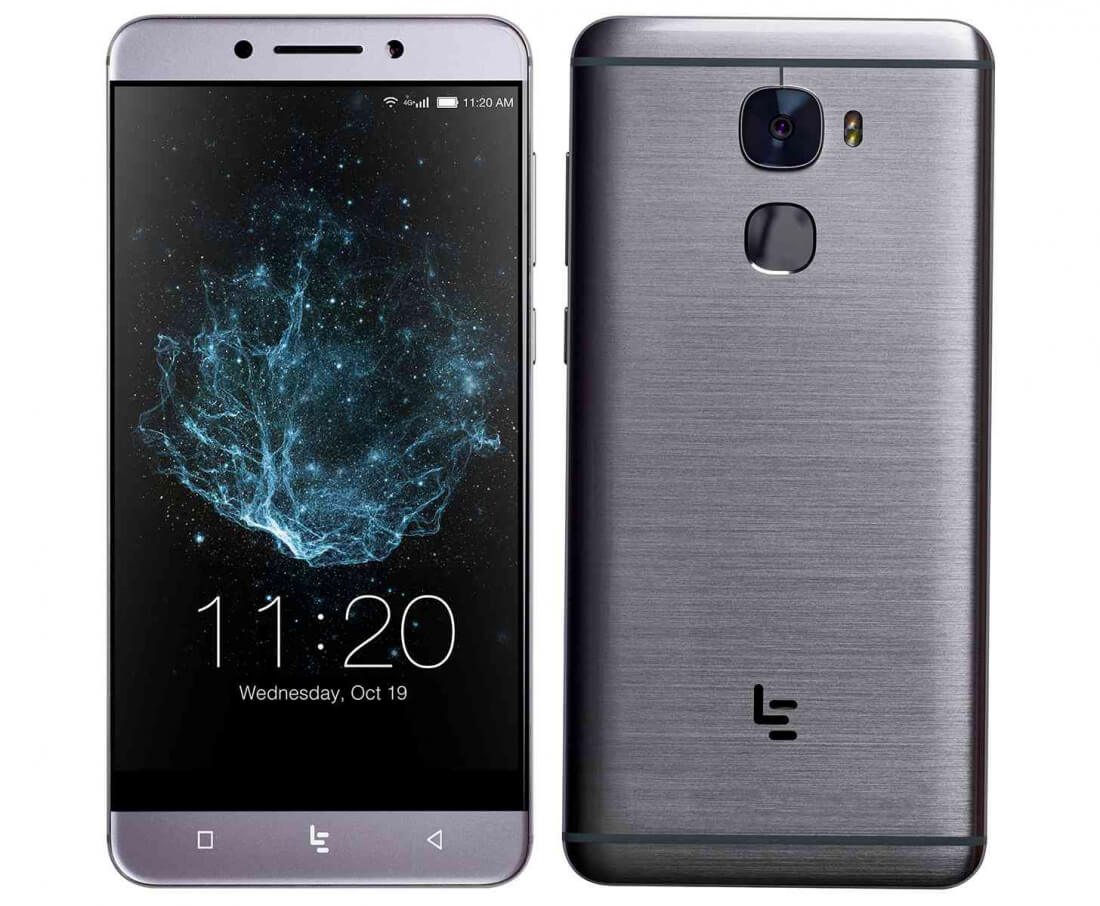
We'd only recommend you consider the LeEco Le Pro 3 if, for whatever reason, you don't want to purchase the LG G5. This phone does pack a great array of hardware at a $200 price point, so it's still worth mentioning as the last phone in this roundup.
LeEco isn't a well known brand in the United States, but surprisingly you can purchase the Le Pro 3 through Amazon, complete with a US warranty. It sports a Snapdragon 820 SoC, a 5.5-inch 1080p display, a huge 4,070 mAh battery, and a 16-megapixel camera with an f/2.0 lens.
Compared to some of the other phones we've talked about in this article, there's nothing too surprising here, but not many compromises either. It's still awesome to see such a great range of hardware hitting a $200 price point.
The phone has USB-C, Cat.12 LTE support, 64GB of storage and 4GB of RAM. Even Dolby Atmos audio "enhancement." There is no microSD card slot and no headphone jack. You'll also have to put up with rather poor software and lack of vendor support; the phone is still officially running Android 6.0. However if you are after a decent range of hardware at a dirt cheap price, the Le Pro 3 is an option to consider. Also look out for the Le Pro 3 Elite, which is basically the same phone and can sometimes be found for as low as $180, though it's not on Amazon.
Budget Devices Still Have a Purpose
While we always recommend older flagships in the $200 to $350 price bracket, it's hard to find anything decent below $200. At this point, you're looking at phones more than two years old, often entirely unsupported, and with limited stock.
Instead, it's often a better idea to purchase a budget handset running newer Android, with better support, and sometimes hardware comparable to high-end phones from 3 years ago. Currently, we recommend the Moto E4, Moto E4 Plus and Moto G5 Plus at the $100, $150 and $185 price points respectively, all with Amazon's easily-avoidable lockscreen ads.

It's worth mentioning some older phones you shouldn't buy if you're looking for the best possible value, in particular Samsung or Apple handsets. These older devices tend to hold their value better over time – which can be a big plus for current owners, but not to buy them new compared to what you can get as illustrated above.
For example, you can get a 2.5-year-old Galaxy S6 for about $300, which doesn't seem worth it next to the LG G5. It gets worse in the Apple camp, where an iPhone 6 from 2014 still costs more than $300 new.
If you hunt around it's definitely possible to find great value in the older phone market, and that's without resorting to refurbished or used handsets. Just be wary of current phone pricing: modern flagships are available for as low as $400 (Xiaomi Mi 6), and there are good budget buys around the $150 mark. It's the gap between those prices where the best deals can be found.
